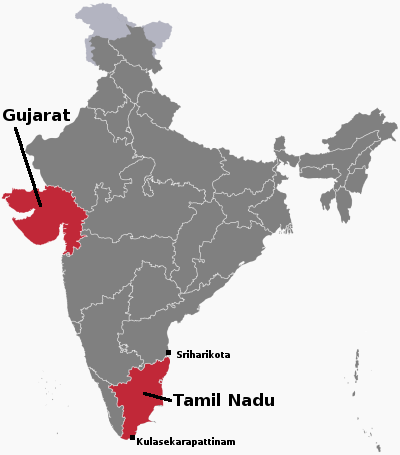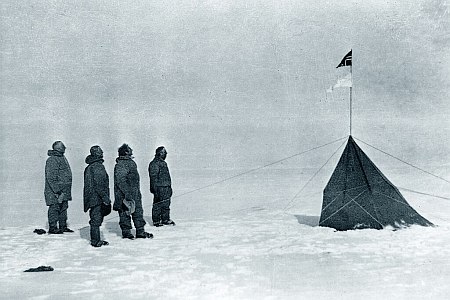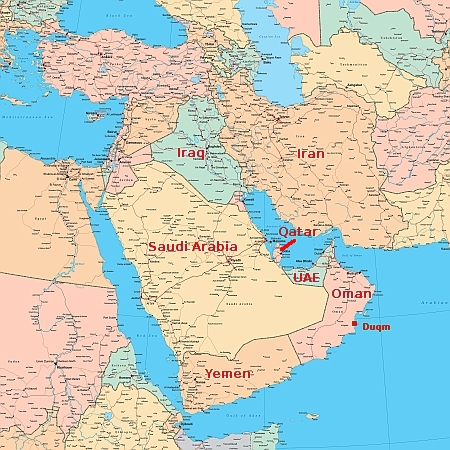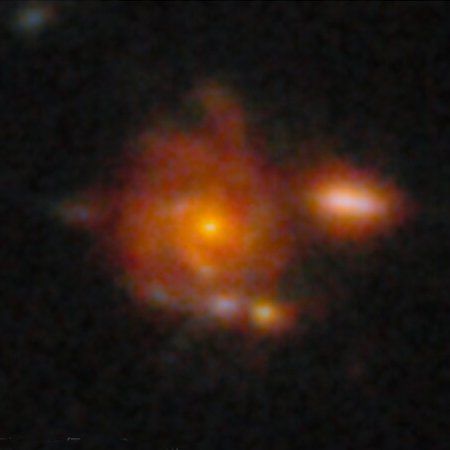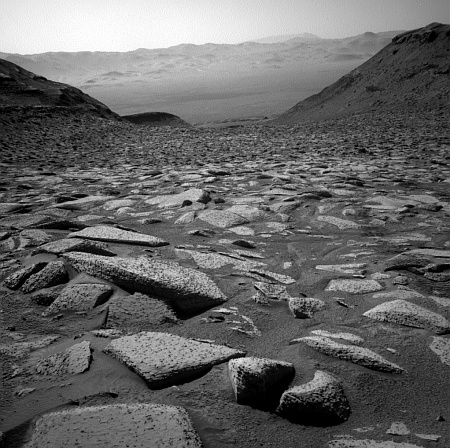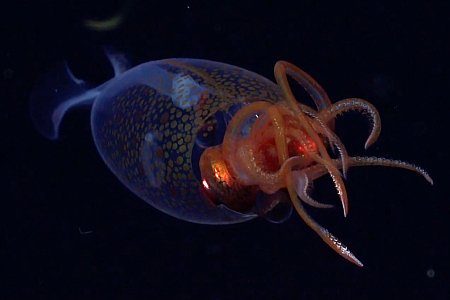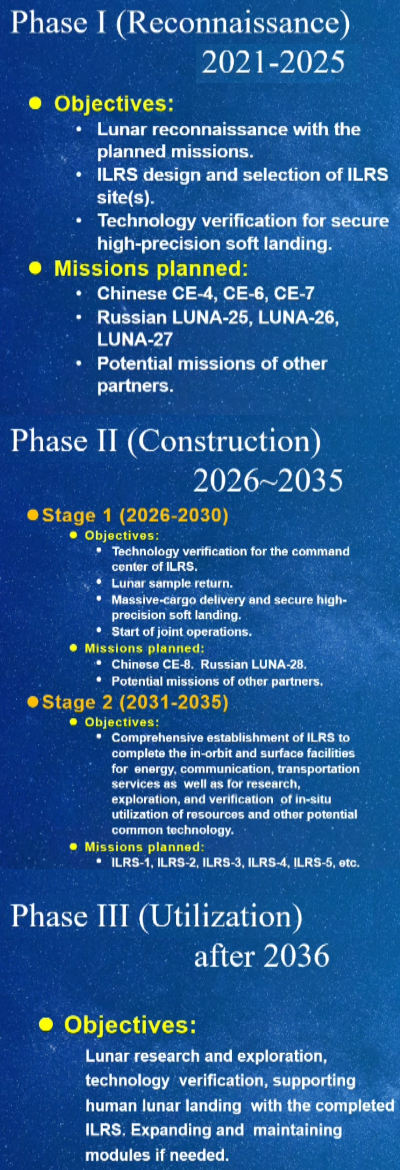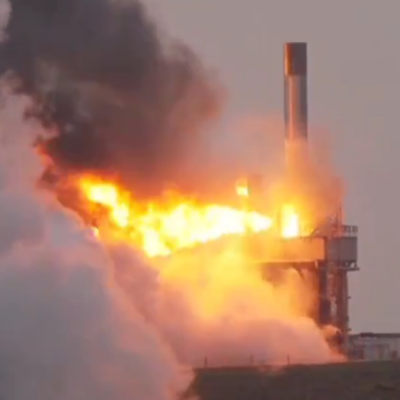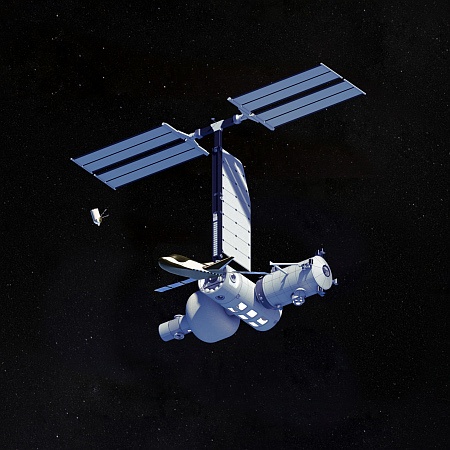Soyuz safely returns three astronauts from ISS
A Russian Soyuz capsule successfully landed in Kazakhstan this morning, bring two Russians and one American back to Earth after a seven month mission to ISS.
The American on board, Don Petit, also celebrated his 70th birthday today, completing his fourth mission in space. According to the article at the link, he did not do well upon landing, requiring significant aid to exit the capsule. The picture released by NASA of him being carried to the medical tent shows him smiling with a thumbs up, but he is clearly unable to walk at this point on his own. That fact by itself is not significant, because many astronauts after missions lasting longer than six months need aid upon return. It does indicate however that this flight is almost certainly Petit’s last one. As that NASA release it notes he “is doing well and in the range of what is expected for him following return to Earth.”
A Russian Soyuz capsule successfully landed in Kazakhstan this morning, bring two Russians and one American back to Earth after a seven month mission to ISS.
The American on board, Don Petit, also celebrated his 70th birthday today, completing his fourth mission in space. According to the article at the link, he did not do well upon landing, requiring significant aid to exit the capsule. The picture released by NASA of him being carried to the medical tent shows him smiling with a thumbs up, but he is clearly unable to walk at this point on his own. That fact by itself is not significant, because many astronauts after missions lasting longer than six months need aid upon return. It does indicate however that this flight is almost certainly Petit’s last one. As that NASA release it notes he “is doing well and in the range of what is expected for him following return to Earth.”




